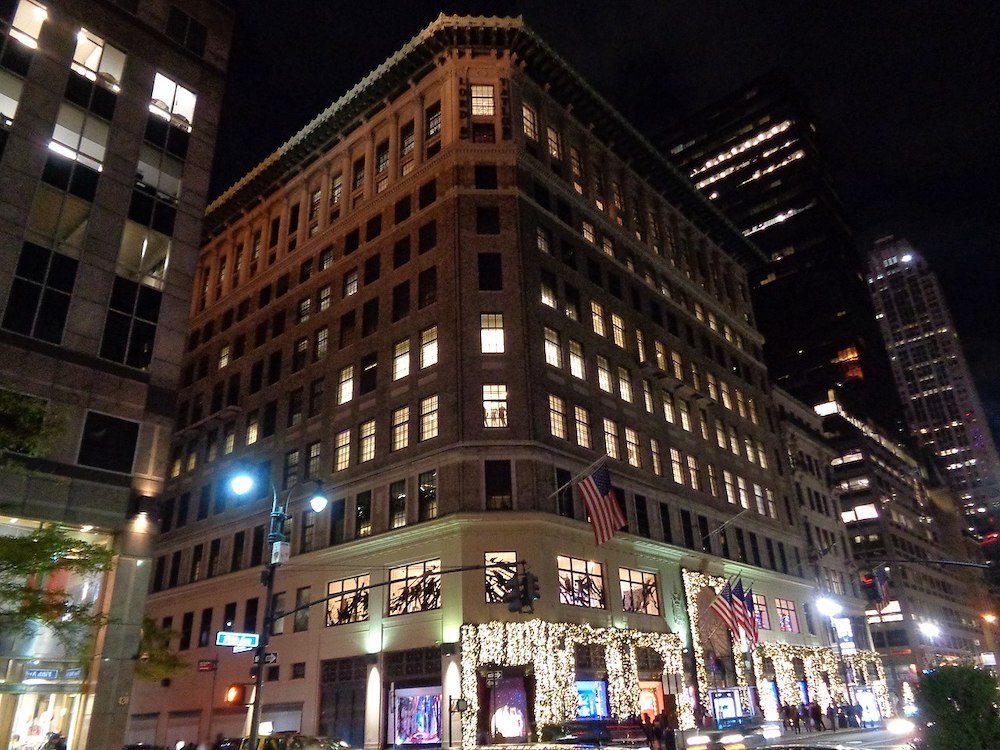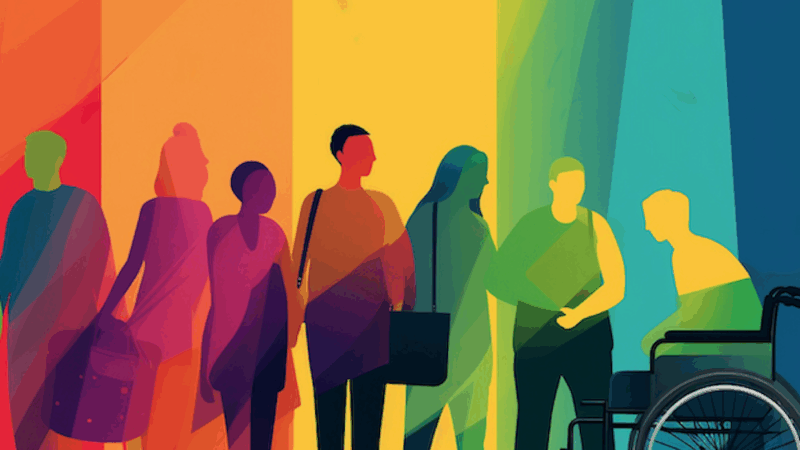How meeting and event planners are leveraging America’s repurposed landmarks
Across the United States, a compelling trend is reshaping urban landscapes: the repurposing of iconic, often historic buildings into vibrant dining halls and event venues. This adaptive reuse not only breathes new life into these architectural landmarks but also transforms them into dynamic social and culinary hubs, driving urban revitalization in their respective cities.
The recent transformation of the former Lord & Taylor building in New York City into Shaver Hall perfectly exemplifies this trend. This 35,000-square-foot space is set to become a multifaceted destination, featuring a curated selection of food stalls, restaurants, a central bar, and a concert stage, effectively converting a historic retail space into a modern entertainment hub.
This phenomenon is not unique to New York City. Numerous other cities across the U.S. have embraced similar transformations, showcasing innovative approaches to preserving architectural heritage while catering to contemporary needs:
Chicago, Illinois: The former gymnasium, Bartlett Commons, at the University of Chicago, originally built in 1901, has been meticulously restored into a 550-seat dining hall and gathering space. Notably, its iconic suspended running track has been preserved as a lounge area.
Anaheim, California: The Anaheim Packing House, constructed in 1919 as a citrus packing facility, now serves as a bustling food hall, retaining its original architectural charm and character.
Tampa, Florida: Armature Works, a 1910 redbrick building that once served as a maintenance and storage facility for the city’s electric streetcars, now houses the popular Heights Public Market, offering a diverse array of restaurants and food stalls.
Nashville, Tennessee: The historic Bell Tower, dating back to 1874 and originally one of the first churches built by freed slaves after the Civil War, has been reimagined as a contemporary event venue.
Chanhassen, Minnesota: Paisley Park, once the private sanctuary and recording complex of music icon Prince, has been transformed into a museum and event space, celebrating his legacy.
St. Louis, Missouri: The grand St. Louis Union Station, formerly one of the nation’s largest and busiest train terminals, has been meticulously restored into a hotel and family entertainment destination, with its train shed now housing an aquarium.
Los Angeles, California: Grand Central Market, a continuously operating public market since its establishment in 1917, has evolved into a vibrant downtown culinary destination, retaining its historic significance while offering a modern food hall experience.
Atlanta, Georgia: Ponce City Market occupies the massive former Sears, Roebuck & Co. building, a key example of adaptive reuse. Its Central Food Hall is a major draw, complemented by retail, office, and residential spaces.
San Francisco, California: The Ferry Building Marketplace, originally a major transportation hub for ferries, now thrives as a gourmet marketplace, housing numerous artisanal food vendors and restaurants within its iconic structure.
FURTHER READING: FIELD OF DREAMS: EIGHT MLB CLUBS TEAM UP TO HOST OFF-SEASON EVENTS
Benefits for the Meetings and Events Industry
Unique and Memorable Experiences: Repurposed venues often boast distinctive architectural features, historical significance, and a sense of place that traditional venues lack. This creates more memorable and engaging experiences for attendees, a key factor for successful events.
Versatility and Flexibility: Many repurposed spaces offer a range of adaptable areas, accommodating various event types, from corporate conferences and product launches to weddings and galas. Their unique layouts can also inspire creative event design and programming.
Enhanced Branding Opportunities: The unique character of these venues can align with and enhance a company or organization’s brand identity. Hosting an event in a historic landmark, for example, can convey a sense of prestige, innovation, or social responsibility.
Attraction of Diverse Audiences: Repurposed venues can attract attendees who might not typically be drawn to traditional event spaces. The novelty and appeal of these locations can broaden the reach of events and attract a more diverse audience.
Effects on Local Communities
Economic Boost: Events held in repurposed venues can generate significant economic benefits for local communities. Attendees often spend money on accommodation, dining, transportation, and other local services, boosting revenue for businesses and creating jobs.
Community Revitalization: By transforming underutilized or neglected buildings into vibrant event spaces, these projects can contribute to the revitalization of urban areas. They can help to attract investment, stimulate economic development, and enhance the overall appeal of a neighborhood.
Cultural Preservation and Pride: Repurposing historic buildings for events helps to preserve local heritage and culture. These venues can become important landmarks that foster a sense of community pride and identity.
Increased Tourism: Unique event venues can attract event planners and attendees from outside the local area, leading to increased tourism. This can have a ripple effect, benefiting various sectors of the local economy and enhancing the city’s reputation as a destination.
Challenges and Considerations
Accessibility and Infrastructure: Repurposed venues may present challenges in terms of accessibility, infrastructure, and logistics. Careful planning and investment may be required to ensure that these spaces can accommodate the needs of modern events and attendees.
Regulations and Preservation: Balancing the needs of the events industry with the preservation of historic buildings can be complex. Regulations and guidelines may need to be carefully navigated to ensure that events are conducted in a way that respects the integrity of the venue.
Community Impact: It is important to consider the potential impact of events on local residents and businesses. Event organizers and venue operators should strive to minimize any negative impacts and maximize the positive contributions to the community.
Photo by Tdorante10 – Own work, CC BY-SA 4.0





